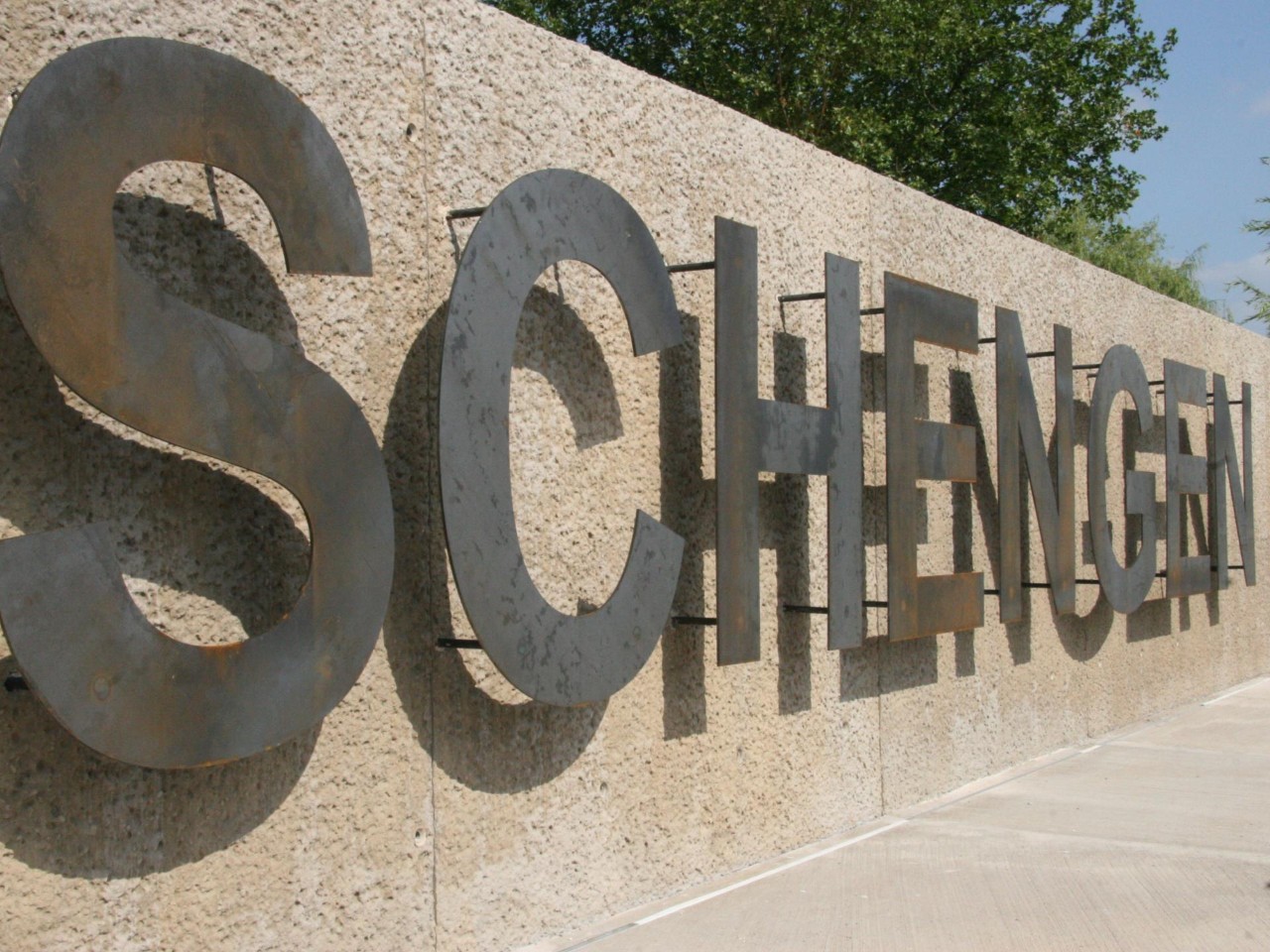Schengen: 40 years of European history on a ship

The date of 14 June 1985 was a milestone for the European Union, and especially for Luxembourg. On that day, the Schengen Agreement was signed on the MS Prinzessin Marie-Astrid, moored on the Moselle in the small Luxembourgish village of Schengen. To mark the 40th anniversary of the signing of the agreement, the Schengen Museum will be reopening, and the fully renovated vessel, renamed the Prinzessin Marie-Astrid Europa, will be unveiled as a central part of the new immersive museum experience. Come along to Schengen on 14 June 2025 for a historic day!
Prinzessin Marie-Astrid Europa: a new existence for an iconic boat
Moored in Schengen on 14 June 1985, the MS Princesse Marie-Astrid placed the Luxembourgish village on the global map. The agreement providing for free movement and the elimination of borders in Europe was signed on board this vessel.
In 1992, the vessel was sold to Germany and began sailing under the name MS Regensburg as a tour boat on the Danube. It was acquired by the municipality of Schengen in 2021, in collaboration with the Luxembourg government. The idea was to refurbish the boat and make it the centrepiece of a new immersive exhibition at the Schengen Museum.
The vessel, renamed the Prinzessin Marie-Astrid Europa, will house an interactive installation telling the story of the signing of the agreements. The "Signature Room" will transport visitors back in time, in the very surroundings where the representatives of the first signatory countries to the agreement gathered in 1985.
The Prinzessin Marie-Astrid Europa is set to return to Schengen for its official inauguration on 14 June 2025, as the festivities organised for the 40th anniversary of the Schengen Agreement are held. It will be kept riverworthy and moored in Schengen, and can be taken to different European countries for special events.
While the boat was being restored, the Schengen Museum was also given a full overhaul, and it will reopen in time for the anniversary festivities.
"Today more than ever, remembrance tourism has a particular relevance and a key role to play in reflecting on Europe's past and future. Our country has always passionately supported the European Union, and through its multiculturalism it embodies the EU's fundamental values." Lex Delles, Minister of the Economy, SMEs, Energy and Tourism.
The Schengen Agreement: a story of European cooperation, unity and openness
Schengen: an agreement, an area, a spirit
Belgium, Germany, France, Luxembourg and the Netherlands signed the Schengen Agreement on 14 June 1985. In doing so, these countries agreed to gradually remove controls at their internal borders and introduce freedom of movement for both their nationals and nationals of other EU Member States and some non-EU countries.
On 19 June 1990, the same countries signed the Schengen Convention, which supplements the agreement and lays down the arrangements and safeguards for establishing an area without internal border controls. The convention came into force in 1995.
The agreement and the convention together form the Schengen acquis, which was integrated into the EU framework in 1999, becoming EU legislation.
Today the Schengen area enables EU residents to cross the internal borders of Member States without border controls or the need for a passport. In total, 27 European countries – 23 of the 27 EU Member States and the four members of the European Free Trade Association (Iceland, Liechtenstein, Norway and Switzerland) – are part of the Schengen area.
For Martina Kneip, "open borders create open minds", and this is the "spirit of Schengen", which can be felt strongly in this small Luxembourgish village on the Moselle. Schengen is located at the triple border of Luxembourg, France and Germany, but the national borders are barely noticeable for the region's inhabitants, who cross them on a daily basis. When the Director of the Schengen European Centre speaks about her region, she clearly does not see it in terms of national borders. "The Schengen Agreements have a deep symbolic value for our country," she explains. "As a result of these agreements, Luxembourg became known as the country where the principles of the European Union were experienced in full."
A brief history: Luxembourg's role in the European integration process
Luxembourg's recent history and the history of the European Union in its current form are closely intertwined. It was surely no coincidence that the historic initiative of uniting Europeans after the Second World War came from French Foreign Minister Robert Schuman, who was born in Luxembourg to a French father and a Luxembourgish mother. When Schuman launched his plan for the establishment of a European Coal and Steel Community (ECSC) in 1950, Luxembourg was directly involved.
The ECSC was the first step in the European integration process, which was consolidated a few years later. In 1957, alongside France, Germany, Italy, Belgium and the Netherlands, Luxembourg was a signatory of the Rome Treaties, which founded the European Economic Community (EEC) and regulated the use of nuclear energy (Euratom).
Over the following decades, with new Member States joining and the signing of new treaties, the EEC evolved into the European Union we know today. Among the many agreements that drove these developments, the Schengen Agreements are closely associated with Luxembourg – not only because the country was one of the six original signatories behind the initiative, but also because the agreements were signed in the Luxembourgish village of Schengen, placing the country on the map for millions of citizens.
Last update



